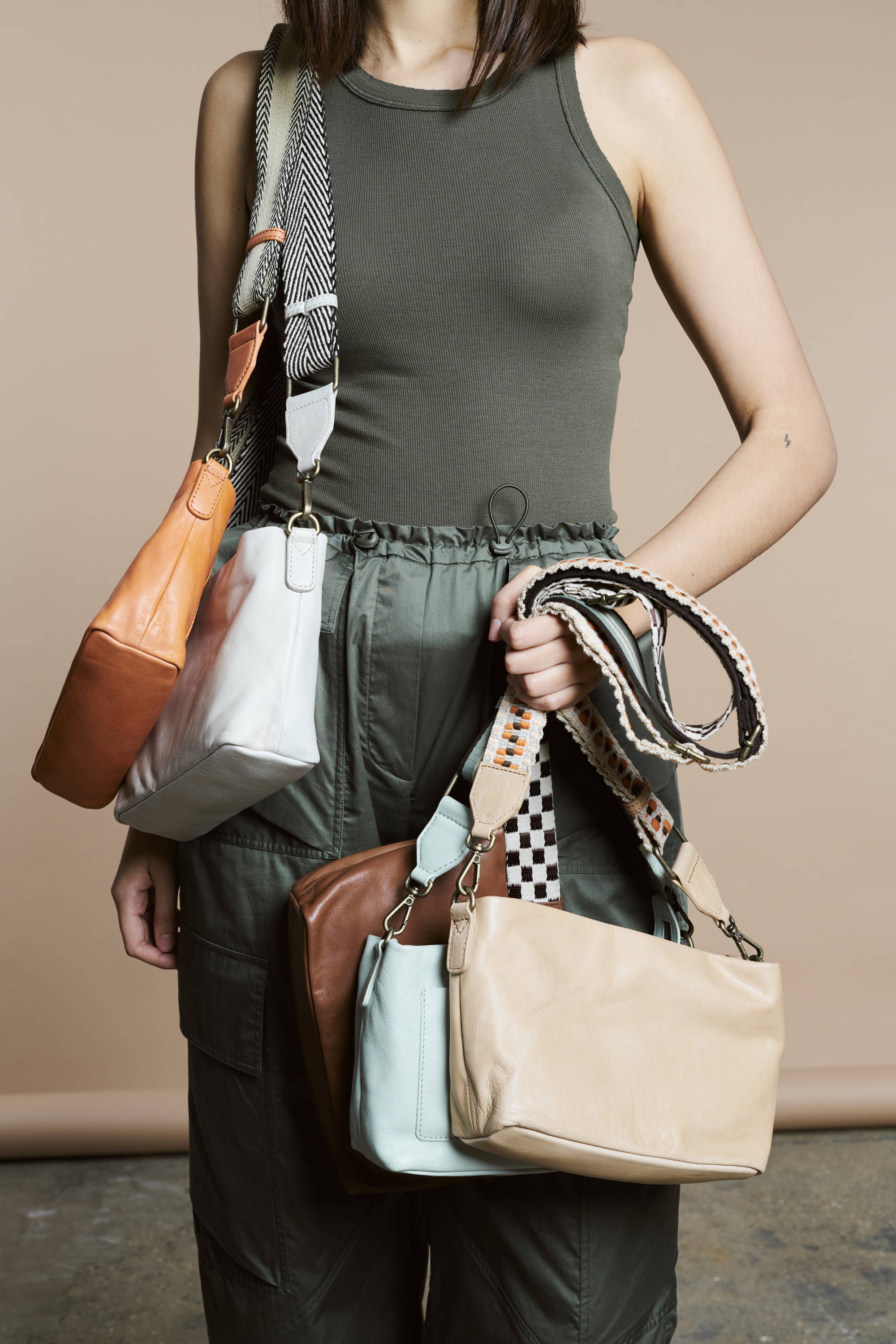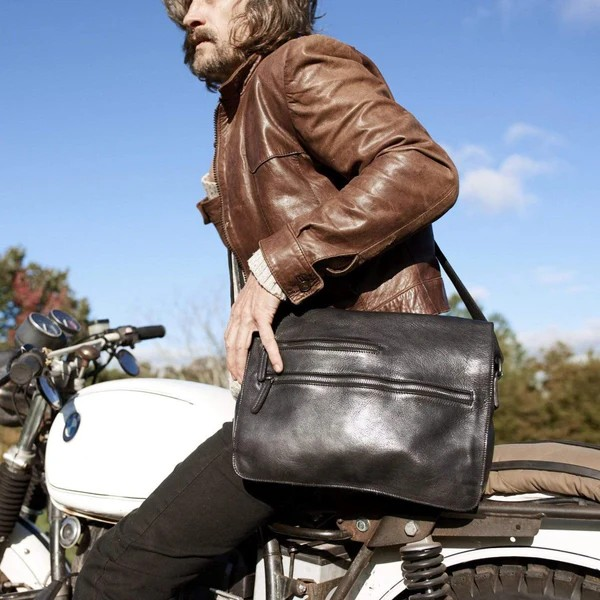
Full-Grain vs Top-Grain Leather: What's The Difference?
Walk into any leather store and you'll hear salespeople talking about "full-grain" and "top-grain" leather like everyone knows exactly what these terms mean. The truth is, most people don't.
Both options offer genuine quality, but one clearly outperforms the other in durability, appearance, and long-term value.
This guide breaks down the key differences so you can make an informed decision whether you're buying your first leather handbag or upgrading to a premium leather sofa.
The Main Differences Between Full-Grain Leather & Top-Grain Leather
The leather industry recognizes many different types of leather, but full-grain and top-grain rank among the highest in quality.
Here's a quick side-by-side comparison:
| Comparison Criteria |
Full-grain leather |
Top-grain leather |
|
Source |
The topmost layer of the hide |
The top layer that's sanded/buffed |
|
Surface |
Natural grain, unaltered |
Natural grain removed |
|
Appearance |
Unique markings and textures |
Smooth, uniform texture |
|
Durability |
Thickest, most durable |
Thinner, less durable |
|
Aging |
Develops a rich patina |
No distinct patina development |
|
Breathability |
Highly breathable |
Moderately breathable |
|
Price |
Most expensive |
More affordable |
|
Best for |
Long-term use |
Medium use |
With these key differences in mind, let's dive a little deeper into how full-grain and top-grain leather compare.
What Exactly Is Full-Grain Leather?
Full-grain leather is the highest quality leather you can buy. It uses the entire top layer of the animal hide without sanding or buffing, preserving its natural grain and distinctive features. This untouched surface gives each piece a one-of-a-kind appearance, appealing to those who value authenticity.
Production process
- Sourcing: Full-grain leather comes from the best hides available. Only hides with minimal damage and imperfections make the cut, since nothing will be sanded or buffed away (only the hair is removed). This selective process means only about 10-15% of animal hides qualify for full-grain leather production.
- Tanning process: Full-grain leather goes through a careful tanning process that preserves the natural grain. Mineral tanning (chrome tanning) is often the most efficient method, taking around 24 hours to complete.
Characteristics
- Natural grain pattern with unique markings, scars, and texture variations.
- Incredibly durable and can last decades with proper care.
- Uses the thickest and strongest fibers of the animal hide.
- Develops a rich patina, becoming more beautiful over time.
- Most breathable leather type, as the pores remain open.
- Water-resistant, as natural oils provide moisture protection.
Best for:
- Luxury bags
- Wallets
- Saddles
- Furniture upholstery (e.g., leather sofas)
Best full-grain leather bags for different occasions
At Latico Leather, all our products are hand-crafted from premium 100% full-grain leather.
Each bag showcases unique natural variations in grain and shading that only the highest-quality leather can provide. From crossbody and sling bags to weekend duffels, backpacks, and wallets, our premium collections are all about exceptional craftsmanship and exclusivity.

Everyday use
Always on the move? Then the Gabriel Crossbody makes for the perfect companion. Designed in an uber-stylish hands-free style, it features a hidden exterior phone pocket for quick access. Not only is it crafted from the best quality leather, but it's also available in 10 lavish shades that match any outfit!

Travel
Whether you're cruising airport terminals, exploring tourist spots, or partying until the sun comes up, Latico Leather has all your travel needs covered. Our Travel Portfolios and Wallets keep passports and documents secure and organized, the Adventurer Messenger is the perfect carry-on, and the versatile Hippie Sling transitions effortlessly from daytime exploring to evening escapades.
Professional settings

The Soho Laptop Brief fits the bill when going for that chic, polished look at work. Available in natural, cafe (dark brown), and black, this slim and trim two-compartment bag keeps everything in place, offering ample space without the bulk.
What Exactly Is Top-Grain Leather?
The second-highest leather grade available is top-grain or corrected-grain leather. It uses the same part of the hide as full-grain leather but undergoes leather splitting and processing to create a more uniform appearance. This removes any imperfections and marks, but also removes the most durable layer of the hide, slightly reducing the longevity but offering more flexibility.
Production process
- Sourcing: Top-grain leather uses the upper hide layer, but unlike full-grain, it can include hides with natural imperfections, as these blemishes are sanded away during the tanning process.
- Tanning/finishing process: After initial tanning, the surface is carefully sanded/buffed to remove the natural grain layer. A protective finish is then applied to create the desired smooth texture and appearance.
Characteristics
- Thinner than full-grain leather but still of excellent quality.
- Less durable but more flexible than full-grain leather types.
- Uniform texture and appearance with a consistent surface.
- Smooth finish without any blemishes or distinct marks.
- Stain resistant due to the protective coating applied during the finishing process.
- Less patina development but still ages well.
Best for:
- Handbags
- Wallets
- Jackets
- Leather furniture
When to choose top-grain leather goods
Top-grain leather makes a smart choice when you want quality and style without paying the premium price of full-grain leather. While it's slightly less durable, it's still an excellent option for handbags, wallets, jackets, and even leather furniture thanks to its smooth finish and added flexibility.
Top-grain far outranks lower-grade alternatives like genuine leather, split leather, PU leather, and bonded leather, all of which are made from the lower (and weaker) layers of the animal's hide. This makes it the ideal budget-friendly option if you're looking for high-quality leather goods without breaking the bank.
Full-Grain vs Top-Grain Leather: How to Choose
Still unsure whether to choose full-grain or top-grain leather?
These three questions will help guide your decision:
-
What's your budget? Full-grain leather is ideal for long-lasting investments if you can afford the higher price. If you want excellent quality at more affordable prices, top-grain is the way to go.
-
How do you feel about natural imperfections? If you love the idea of a bag developing a beautiful patina over time, it's full-grain leather all the way. If you prefer a smoother, more uniform texture, top-grain will be a better fit.
-
What's your lifestyle like? If you're tough on your gear and need maximum durability, consider full-grain leather. If you want something more formal-looking that still handles your daily grind well, top-grain leather strikes the perfect balance.
Ready to discover some stunning leather products? Check out Latico Leather's best sellers and new arrivals for a bit of inspiration.

Leather Care Tips
Both full-grain and top-grain leather need proper care to look their best and stay in excellent condition.
Follow these eight leather bag care and maintenance tips to keep them looking as good as the day you bought them:
- Identify which type of leather you have, as different variants require different care.
- Clean your leather bags with a soft, damp cloth to remove surface dust and dirt.
- Apply a good-quality leather conditioner every few months to keep the leather supple and moisturized.
- Avoid alcohol-based products, harsh chemicals, or abrasive cleaners as these can damage the leather's quality.
- Store your leather goods in a dry spot away from direct sunlight.
- Use a leather protector spray for added strain resistance.
- Avoid stacking your items, as this causes them to lose their shape more easily.
- Rotate your leather bags regularly to prevent excessive wear and tear on one item.
FAQs
Is full-grain leather worth the cost?
Absolutely! If you want the highest quality leather that lasts a lifetime, then full-grain leather is 100% worth the investment.
How can you tell the difference between full-grain and top-grain leather?
The easiest way to tell the difference between full-grain and top-grain leather is to pay attention to the appearance and texture. Full-grain leather has natural blemishes and markings, while top-grain leather has a smoother, more uniform texture.
What can top-grain leather be used for?
While it lacks the superior durability full-grain leather provides, top-grain leather still makes a great choice for handbags, wallets, boots, and furniture.
Is full-grain leather or top-grain leather better?
Both types of leather are good, but full-grain leather is the highest quality.
Final Thoughts
So there you have it: a comprehensive rundown to settle the full-grain vs top-grain leather debate.
Full-grain leather is the premium option of the highest quality. It's crafted from the topmost layer of the hide and is by far the thickest and most durable, developing a stunning patina as the years go by.
Top-grain leather is also good, but is thinner and less durable than full-grain variants. It's made from the top layer of the hide which has been sanded or buffed to create a smooth, uniform appearance.
Ready to find your perfect leather bag? Browse Latico Leather's full collection of premium, 100% full-grain leather bags and wallets.

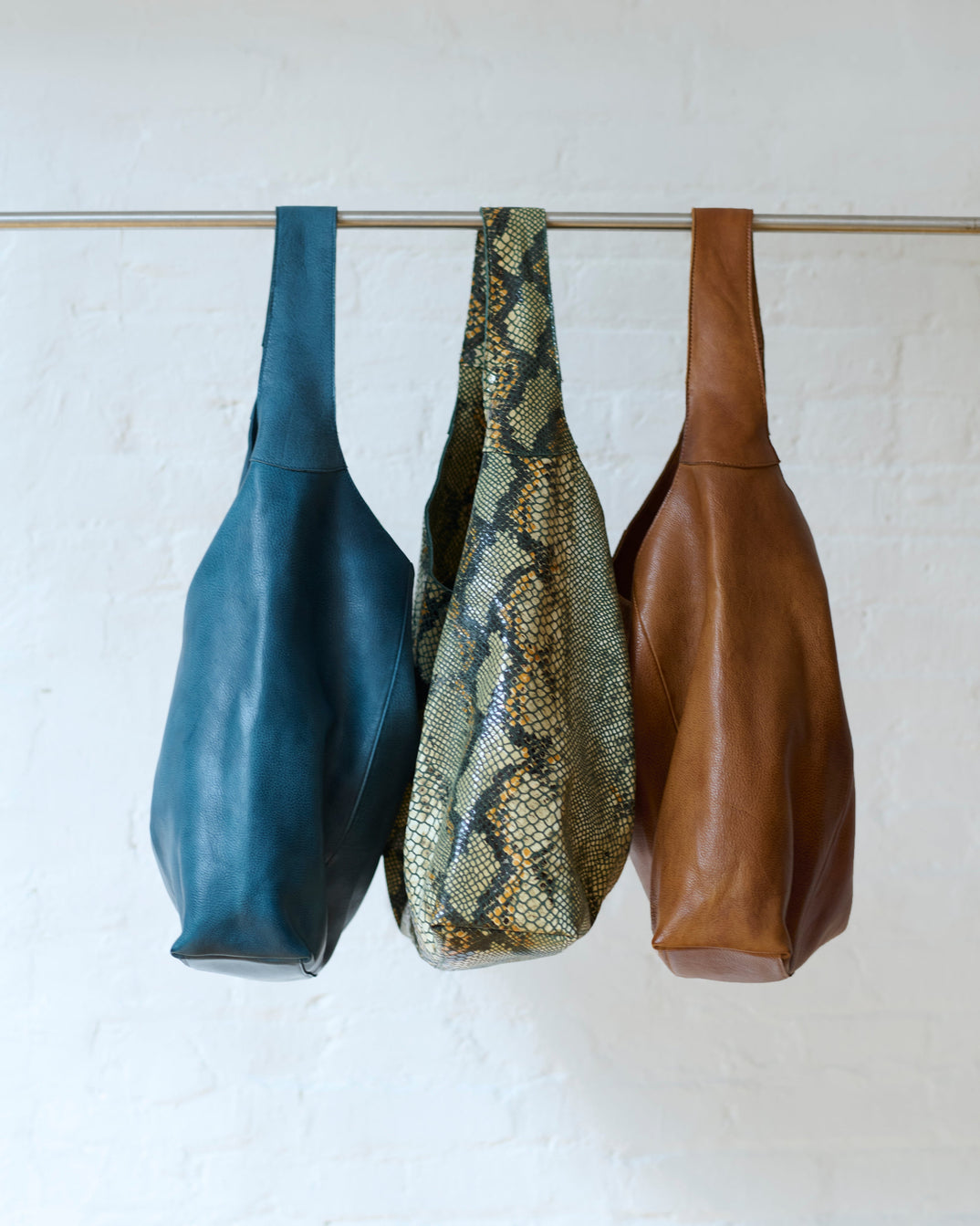
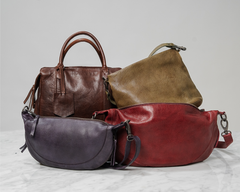
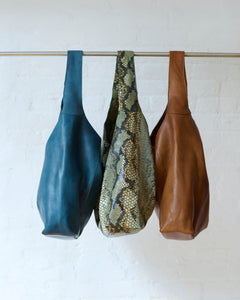
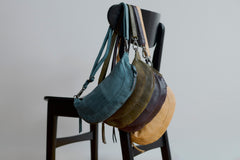
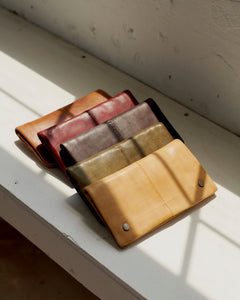


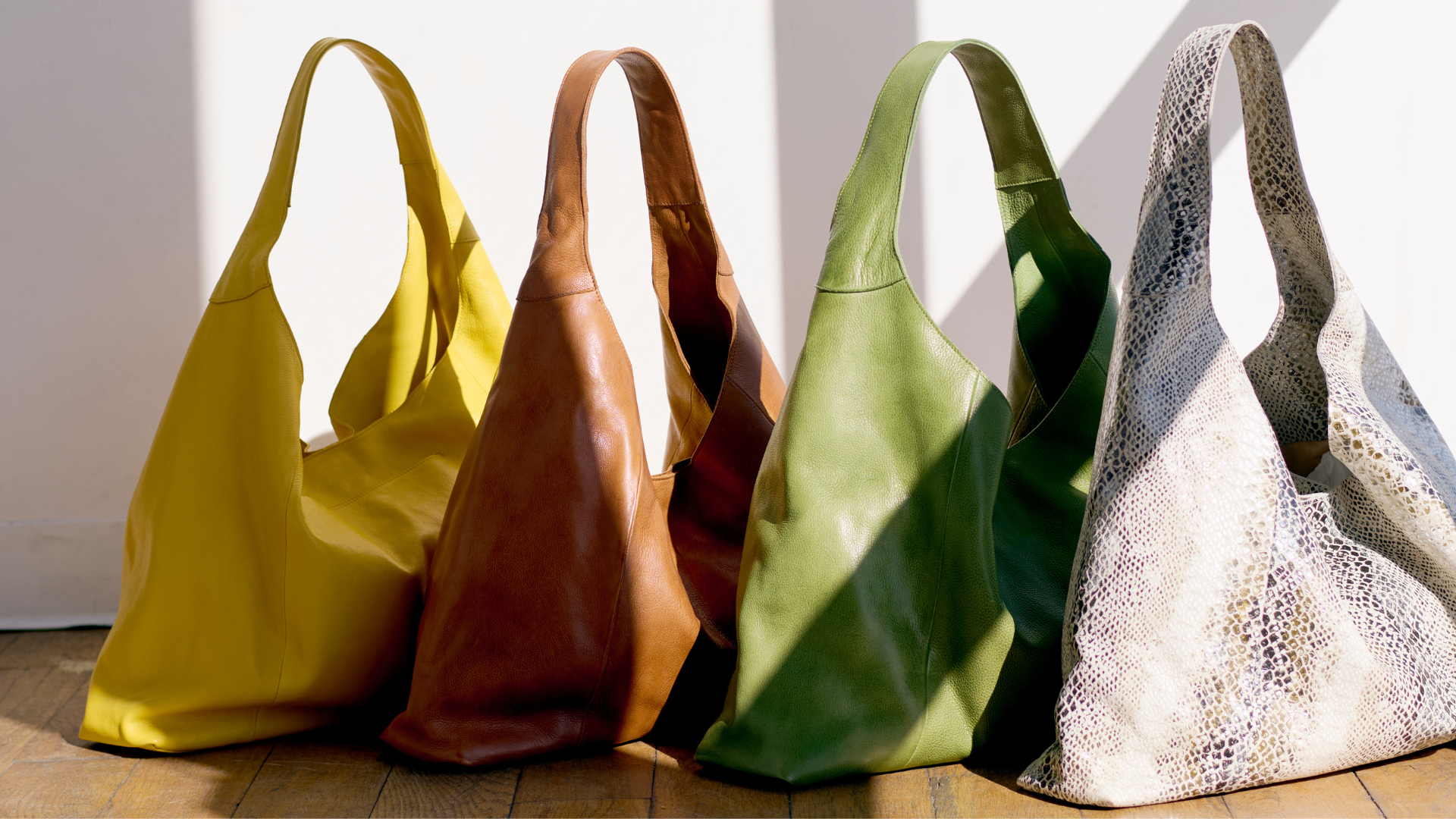
 Black
Black Bubble Black
Bubble Black Charcoal
Charcoal Cognac
Cognac Brown
Brown Cafe
Cafe Walnut
Walnut Almond
Almond Saddle
Saddle Eggplant
Eggplant Oxblood
Oxblood Burgundy
Burgundy Aubergine
Aubergine Tan
Tan Hazel
Hazel Ballet Slipper
Ballet Slipper Blush
Blush Camel
Camel Red
Red Orange
Orange Natural
Natural Burnt Orange
Burnt Orange Poppy
Poppy Plum
Plum Rosa
Rosa White
White Oat
Oat Grey
Grey Cobra
Cobra Desert Trail
Desert Trail Denim
Denim Indigo
Indigo Emerald
Emerald Teal
Teal Turquoise
Turquoise Sky Blue
Sky Blue Grass
Grass Green
Green Moss
Moss Olive
Olive Yellow
Yellow Lemon
Lemon Honey
Honey Chartreuse
Chartreuse Mustard
Mustard